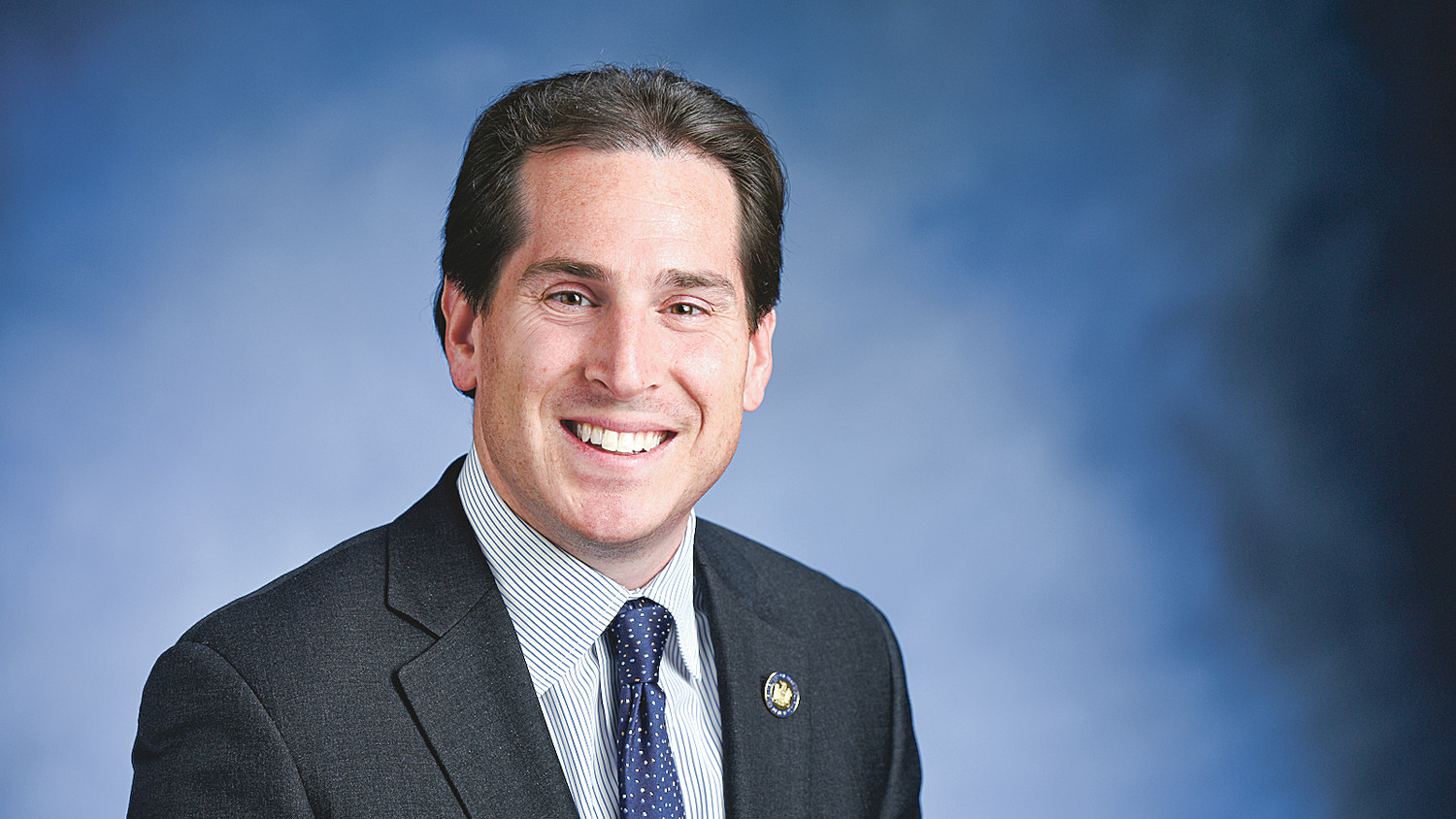Property tax breaks for Sandy victims
New legislation would combat 'unfair' assessments
Legislation sponsored by State Assemblyman Todd Kaminsky to grant tax relief to Hurricane Sandy victims passed in the Assembly and the State Senate last week, and is now awaiting Gov. Andrew Cuomo’s signature. The measure would slow the rate at which property taxes increase as a result of repairs made to homes damaged in the storm.
According to Kaminsky, a Long Beach Democrat, any renovations made to a home can trigger a new property tax assessment, even if those repairs simply return the home to its pre-Sandy condition. Updated assessments can result in large increases in tax bills, which he called “unjust” because most homeowners would not have made those renovations had there been no storm.
“After one of the worst natural disasters in New York state history, residents should not be slammed with a higher tax bill as a direct result of repairing their homes after Superstorm Sandy,” Kaminsky said in a statement.
The new legislation would provide relief to South Shore residents attempting to rebuild damaged properties through fiscal year 2020 by authorizing local assessing units to limit property tax increases to what they would have been had Sandy not occurred. The increases resulting from the improvements would be rolled in over five years, so the added cost would not be felt all at once, Kaminsky said.
“You’re going to eventually get the assessment that you deserve,” he said. “But this gives a five-year, slowly rising time horizon so it doesn’t impact you immediately. And it caps it as well.”
For a Class 1 assessment — of a one-, two- or three-family home — the increase over pre-storm value would be limited to 6 percent per year, not to exceed 20 percent over five years. For Class 2 assessments — co-ops, condos and rentals — and Class 4 assessments — commercial or industrial properties — the increase would be phased in by equal amounts over a five-year period.
“It’s a great way to help ease the families back into their homes and at the same time minimize the cost burden for getting the work — that they were probably never planning to do in the first place — done,” said Long Beach resident Kevin Reilly.

 48.0°,
Overcast
48.0°,
Overcast 




